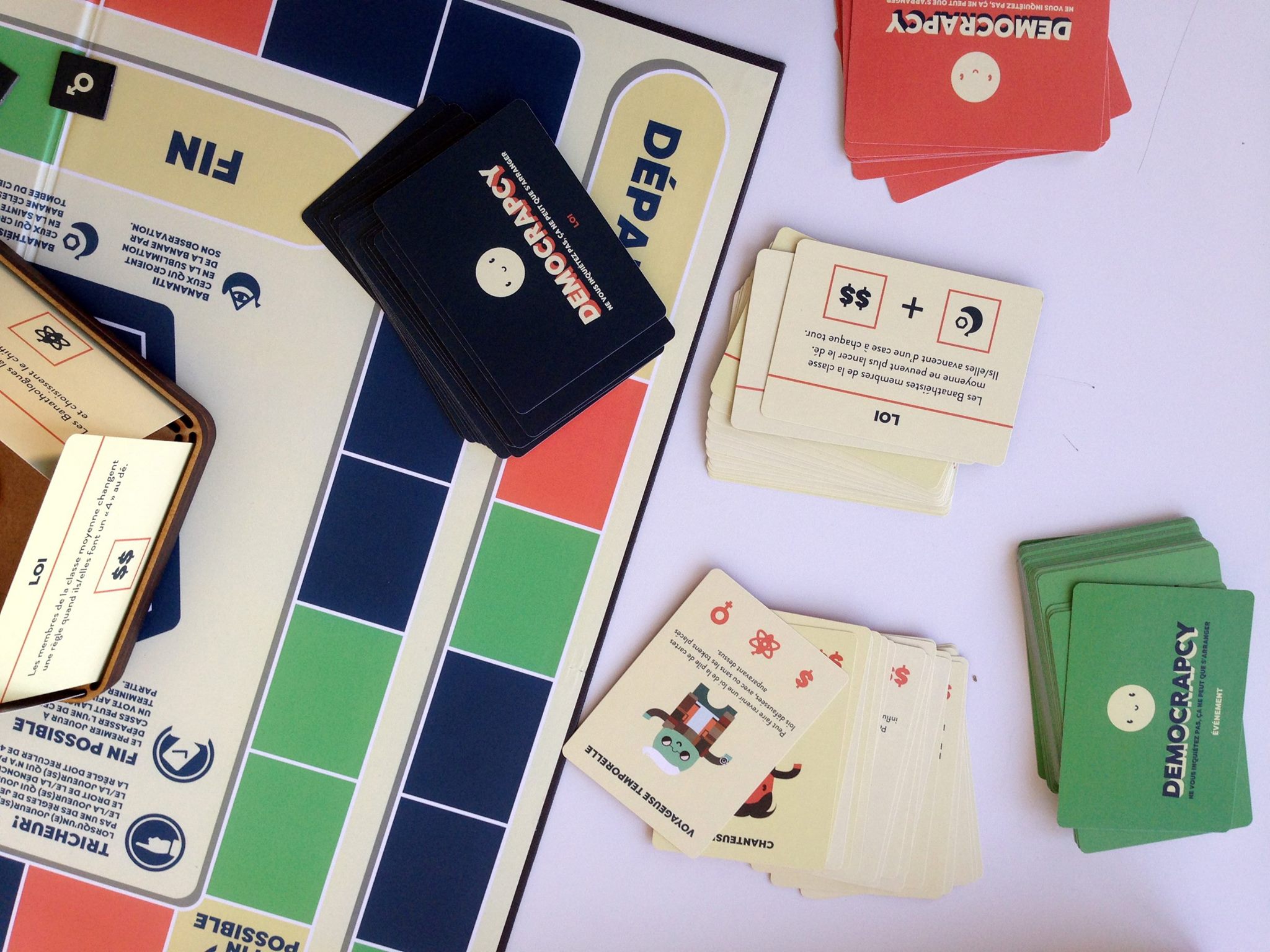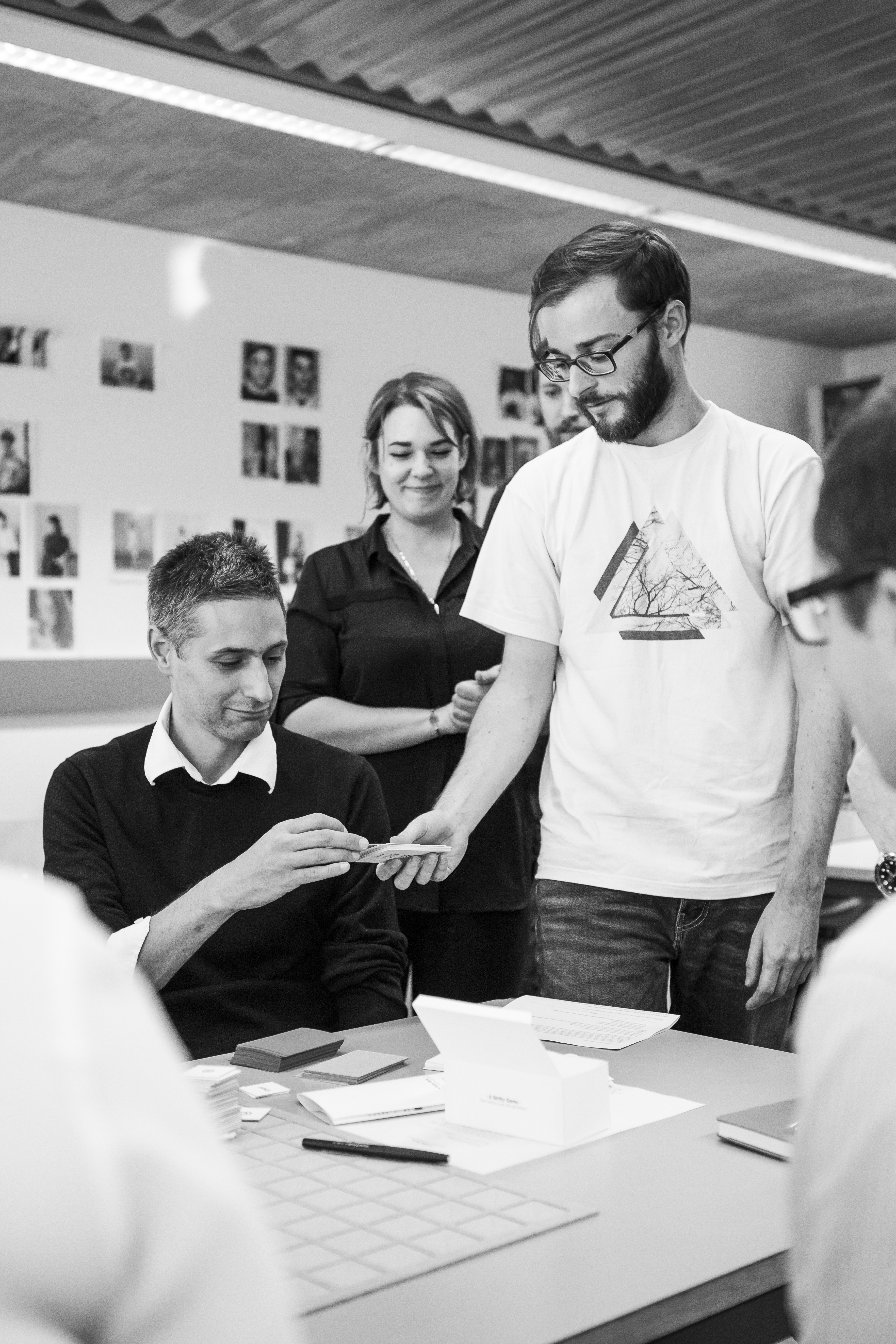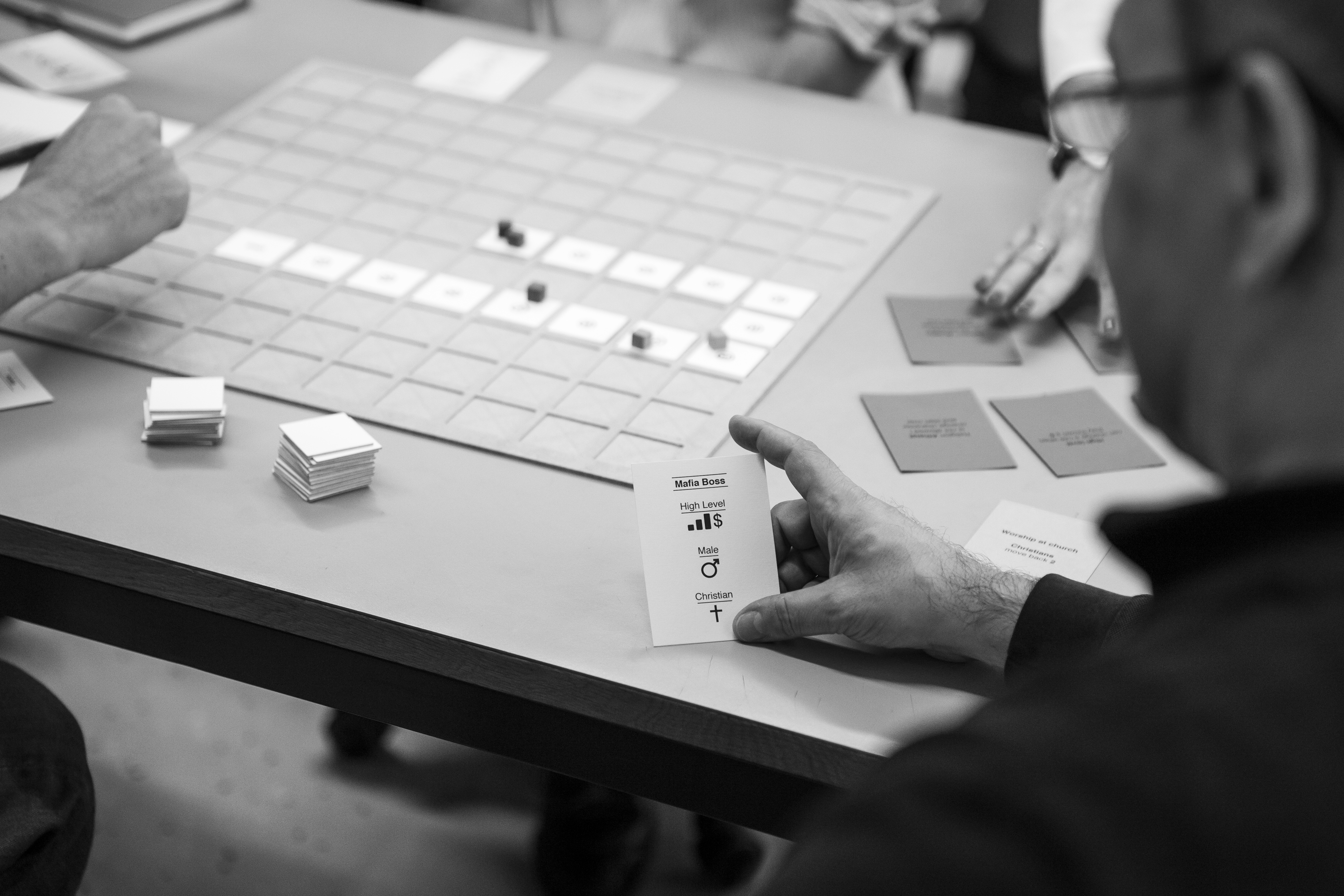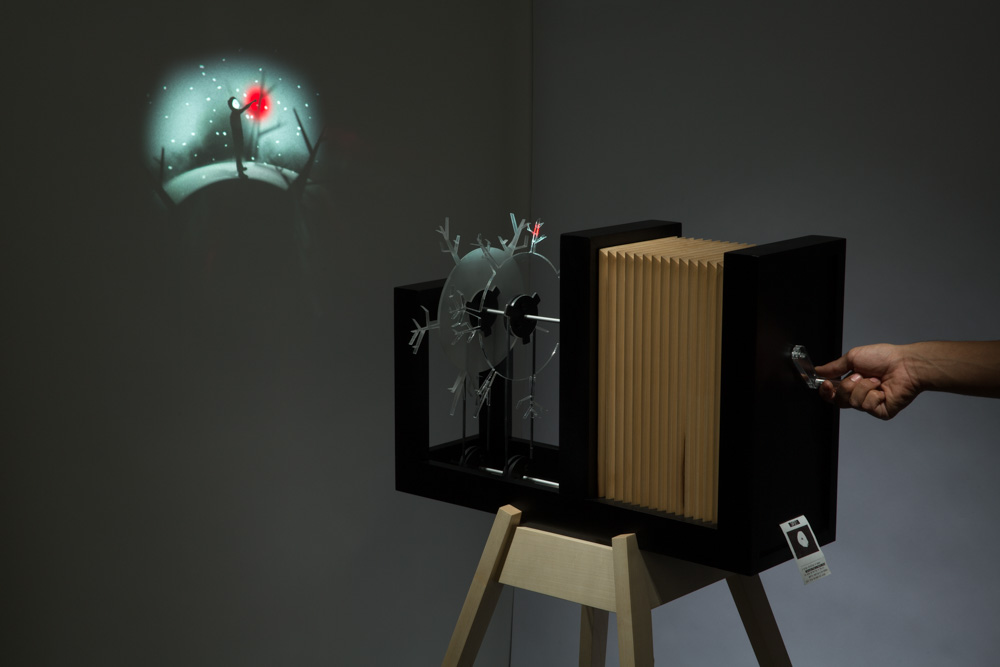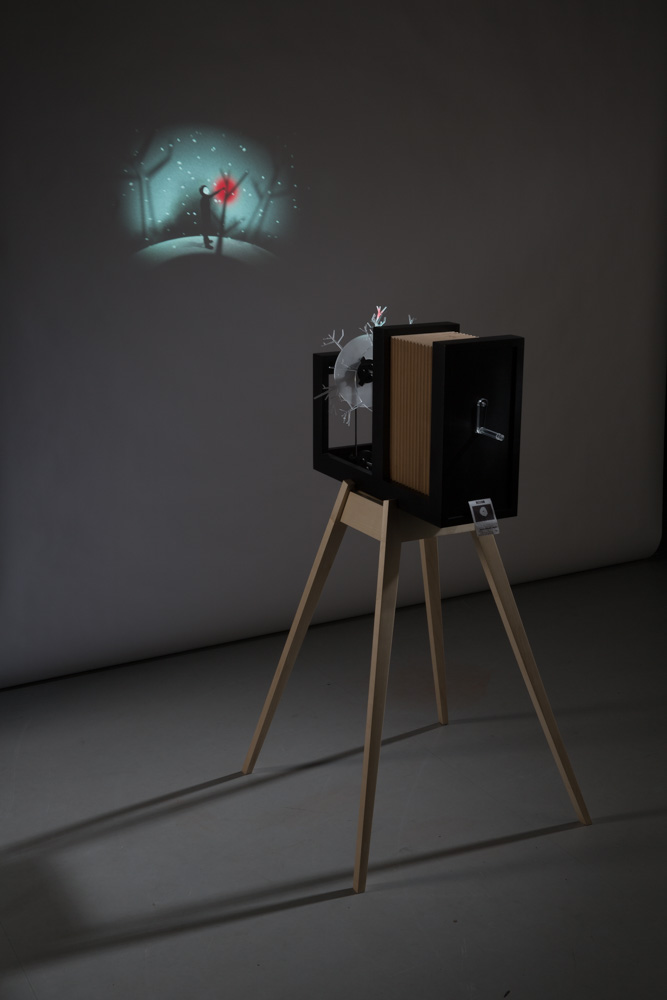always
under
construction
Thinking and working in the spaces between art, design, technology and the future
This site is outdated.
For more recent and current explorations please contact me at
israelviadest@gmail.com
Cultivating social imaginaries toward flourishing peace
In the 2020s, peacekeeping was transformed into a predictive and preventative endeavor through widespread datafication. In the span of a few years, machine learning flattened the world into a supposed comprehensive codex for future prediction. By 2027, peacebuilding was preached on the contention of conflicts by algorithmically considering all past data points of human interaction. The assumption was that stability and the absence of friction, policed by quantification and automation, would inescapably lead to peace.
However, new dimensions for conflict were instead opened. Predictive peacekeeping transformed citizens into objects onto which conflict suppression machines were deployed. Conflict erasure became future erasure as common histories were reduced to data points. By the 2030s, multilateral peacebuilding institutions could not ignore the deafening murmurs of citizens deprived of past and future imaginaries any longer.
Murmur Community was born as a reaction to decades of solution-based approaches that conceived peace as a homeostatic end state. Instead, Murmur seeks to reimagine peaceful futures as dynamic and reflexive processes. Peacebuilding involves recovering and unfolding a plurality of voices to articulate social tensions, conflicts, limitations, and failures. Murmur Community activates the global citizenry, especially the historically excluded, oppressed, and marginalized, as the primary actors of peacebuilding in an effort to create imaginaries of belonging that reframe and surpass current cultural and national understandings.
This project was selected by the Innovation Cell of the UN Department of Political and Peacebuilding Affairs (DPPA) and Design Futures Initiative (DFI) as part of the Futuring Peace initiative celebrating the 75th Anniversary of the United Nations.
Visit the Murmur Community here.
Download the Citizen Peacemaker poster here.
Year
2020
Project Category
Speculative design, peacemaking.
Collaboration with:
Shauna Jin, Jordi Viader, Manik Perera (a.k.a ||u|| Collective).
Special thanks to Antonio Calleja-López.
Technical specifications:
Murmur Community website assembled in cargo.site.
Citizen peacemaker:
A3 poster.
||u|| Collective was founded in 2020 after the Post-Inertia Summer School organized by Escola Massana in Barcelona. Covid-19 incentivized and made possible the global collaboration.
The seminal version of the Murmur Community was a collaboration between Renee Gudiño, Shauna Ji, Diana Millán, Lourdes Rodríguez and
Israel Viadest.



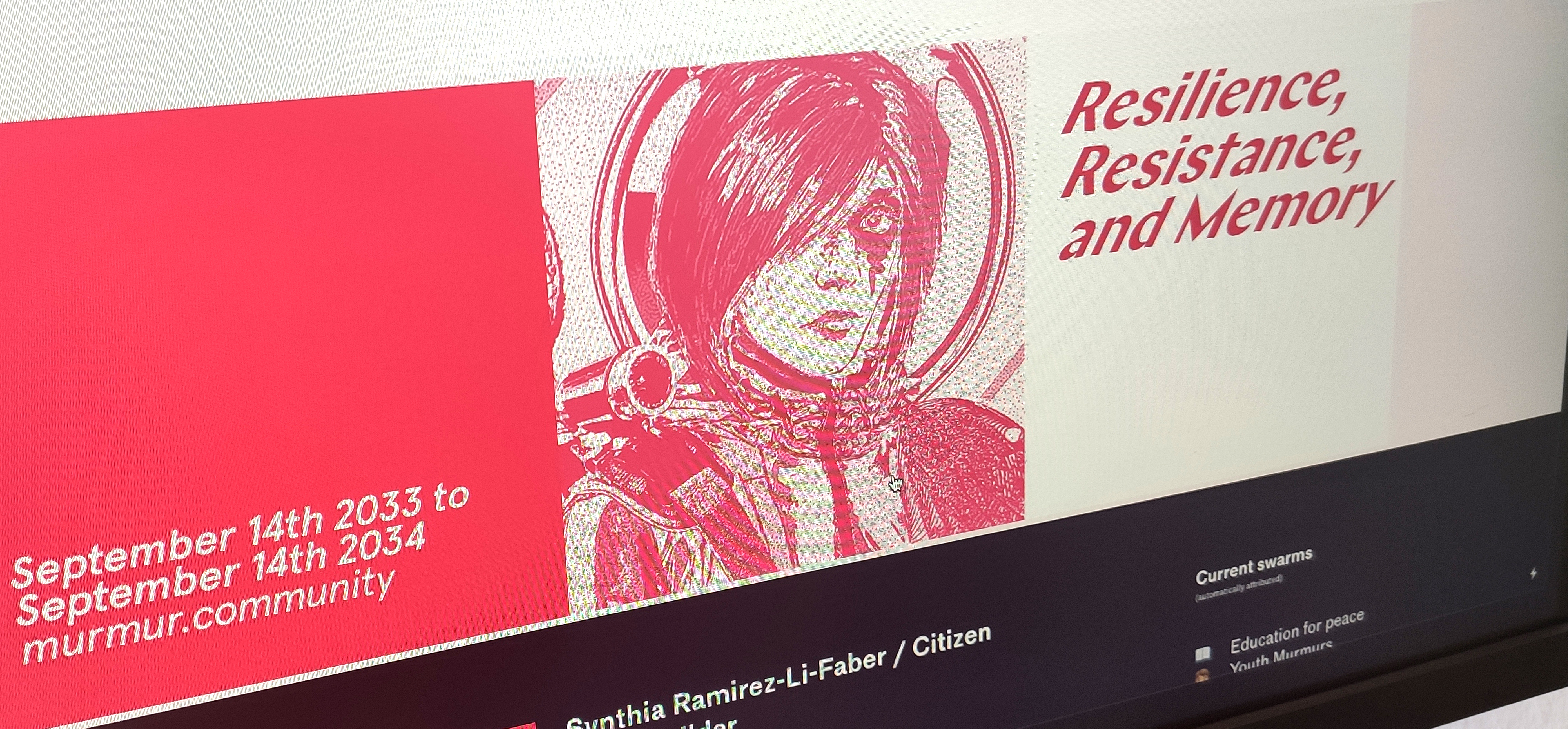


Map of Geneva for Autonomous Vehicles
When investigating “what if” scenarios around automated driving and the implications for urban policy, it is easy to skip over uncomfortable details in favor of the “big picture”. We created a physical map for a city as might be given out to the public to generate debates about the challenges that would be faced, the failures that might occur, the brand names of services, new kinds of signage, etcetera. It particularly shows how:
- Urban traffic may be reconfigured and redefine what is acceptable on certain streets (pedestrian movements, presence of non-autonomous vehicles)
- The energy infrastructure needed for this technology to happen
The map acts as a tangible future for a group of people with conflicting opinions to debate about the uses of Autonomous Vehicles and their implications. It was commissioned to the Near future Laboratory by Département de la Mobilité de l’Etat de Genève.
Get the artefact here.
Year
2019
Project Category
Design Fiction
Collaboration with:
Near Future Laboratory
Technical specifications:
A3 foldable map.
Penumbra
An interactive storytelling machine exploring the concept of time through the physical and the ephemeral. As players turn the handle clockwise and counterclockwise, a character moves forward and backward in time, generating a short story that visitors can take home with them.
Year
2017
Project Category
Game design / Object design / Interaction design
Collaboration with:
Margaux Charvolin
Technical specifications:
Object: Wood, MDF, aluminium, rubber bands, plexiglass
Hardware: video projector, thermal printer, stepper motor, Arduino, rotary encoder
Exhibitions
D’days Paris - 2017
Gaîté Lyrique - Paris, France
Design Days Geneva - 2017 Pavillon Sicli - Geneva, Switzerland
Salone Ludico - 2017 Salone del Mobile - Milan, Italy
Fantoche International Animation Film Festival - 2017
Baden, Switzerland
Developed for the Salone Ludico Exhibition with the help from Douglas Edric Stanley, Étienne Mineur, Pierre Rossel & Alexandre Simian.
Studio photography by Michel Giesbrecht © HEAD

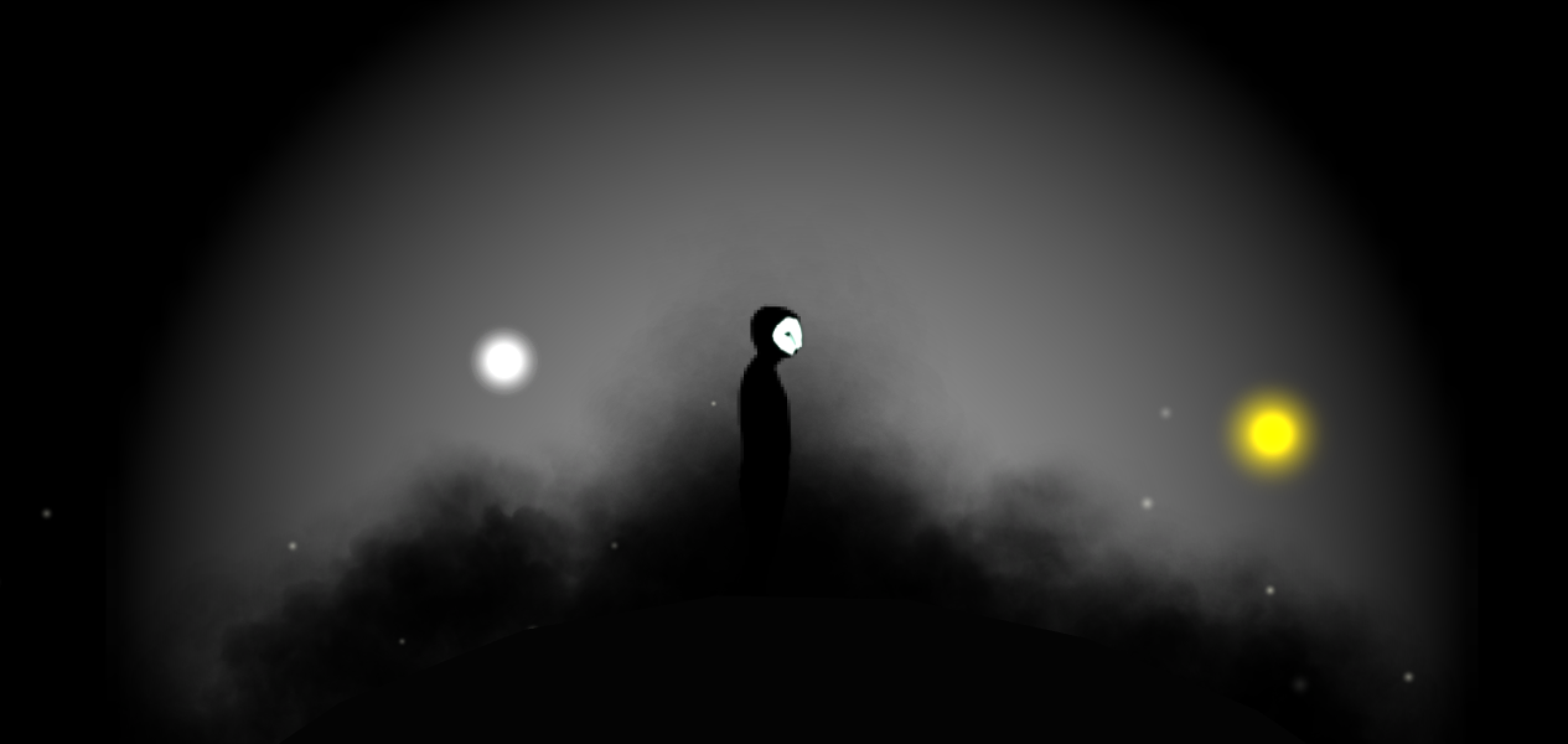


The Haruspex Machine
A speculative project that questions the preemptive nature of predictions generated through machine-learning systems. Its users are invited to deposit a sample of genetic material, give access to their bank accounts and all digital information linked to them, in order to receive a prediction about their future. As the user interacts with the machine over time, the predictions get better and the user can get a more accurate foresight further into the future.
This project explores questions about agency and free will, and how they exist under speculative systems that bring about their own reality and functioning like self-fulfilling prophecy devices.
Year
2017
Project Category
Speculative design / Object design / Interaction design
Technical specifications:
Object: Wood, MDF, aluminium, glass, plexiglass
Hardware: thermal printer, Arduino, DC motor, proximity sensors, potenciometer, LEDs
Exhibitions
Diplômes 2017 MA Media Design HEAD - Geneva, Switzerland
Diploma project to obtain MA-Media Design degree. Developed under the tutorship of Dominic Robson, Jürg Lehni & Gordan Savičić.
Studio photography by Raphaëlle Mueller © HEAD





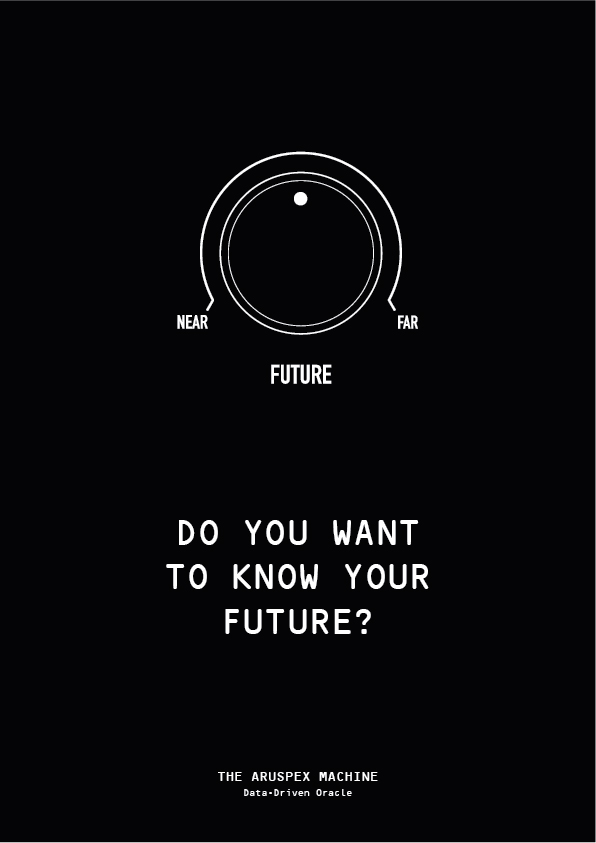

Democrapcy
A satirical board game that parodies the contemporary democratic system and explores the role that citizens play in the construction of the common welfare. The mechanics of the game combine elements of collaboration and competition that force players to cooperate through individualism while voting, nullifying or imposing the rules that govern the game.
Designed for the Chancellerie d'État - République et canton de Genève as a playful-educational tool to raise awareness among young voters about their responsibility in preserving democracy.
Year
2016
Co-created with:
Yoann Douillet, Melissa Pisler & Marion Bareil
Project Category
Game design / Interaction design
Technical specifications:
Boardgame contents: 1 board, 18 character cards, 42 rule cards, 30 event cards, 50 characteristic tokens, 8 pawns, 1 dice
Exhibitions
Indie Cade Europe
2017 Independant Game Festival
GSGS’17
2017 Gamification and Serious Game Symposium
Design Days
2017 Paris
Salone Ludico
2017 Milano Design Week
Graphik 16
2016 Zurich Graphic Festival
Semaine de la Democratie
2016 Chancellerie de Genève
Festival International des Jeux
2016 Cannes
LIFT
2016 LIFT Geneva, Workshop
Developed during the workshop Do you vote? led by Lea Schönfelder & Marion Bareil.

